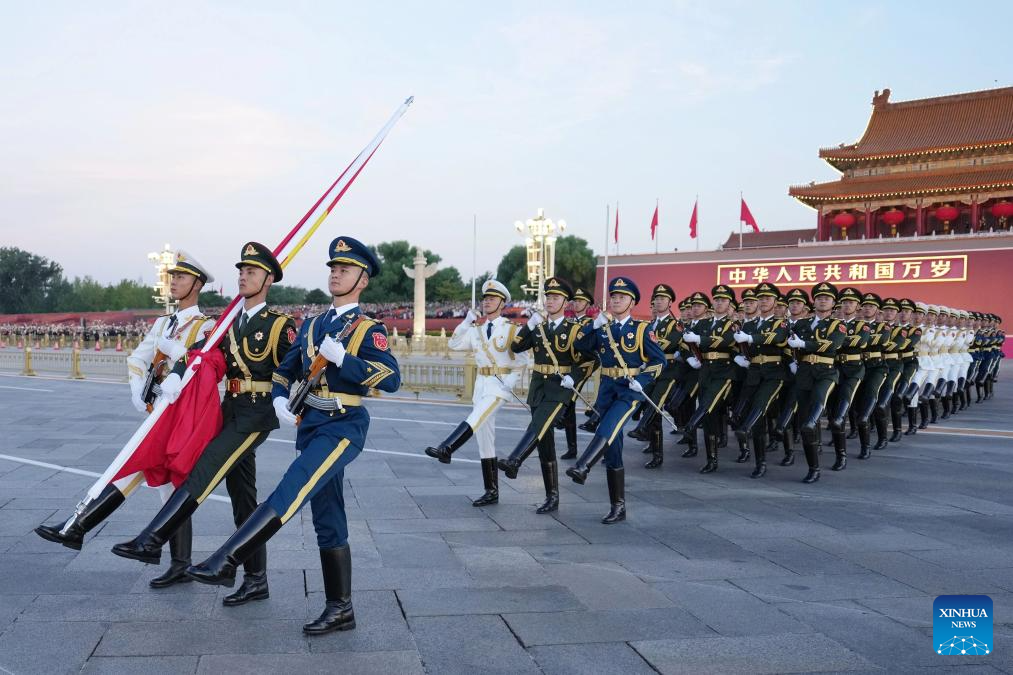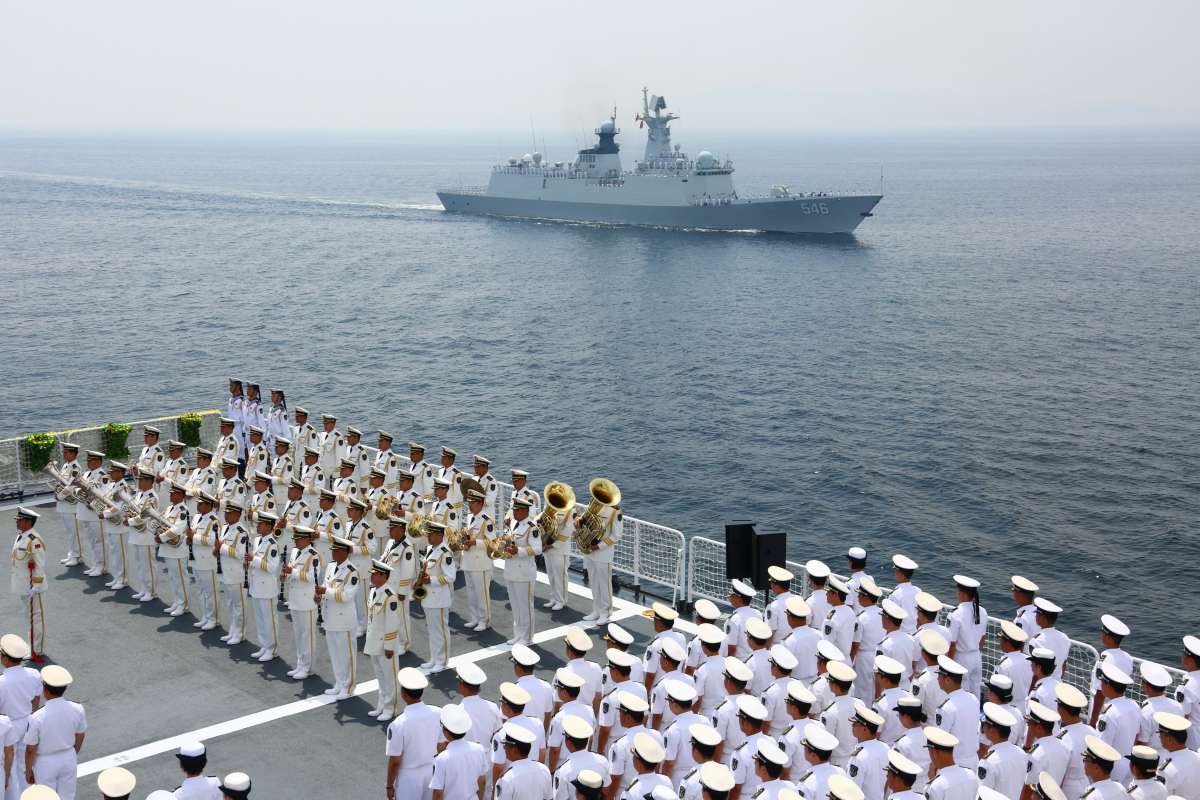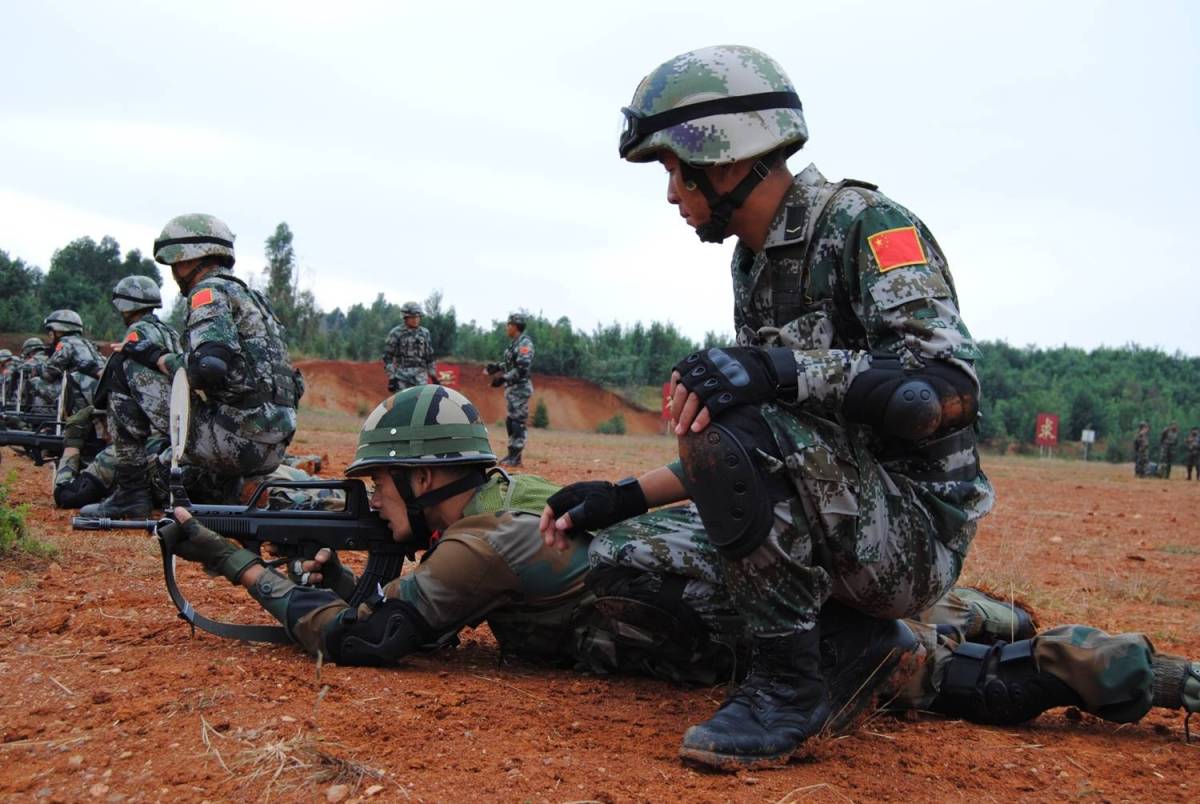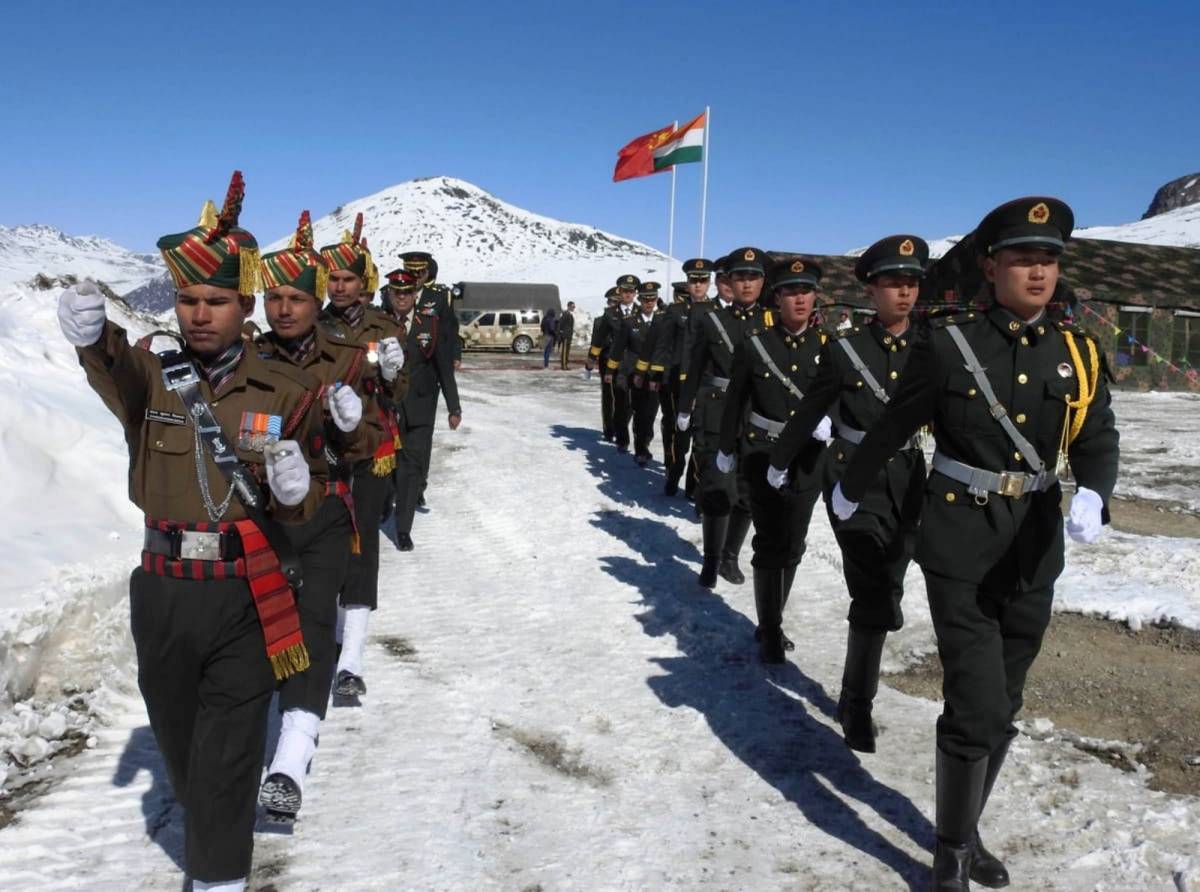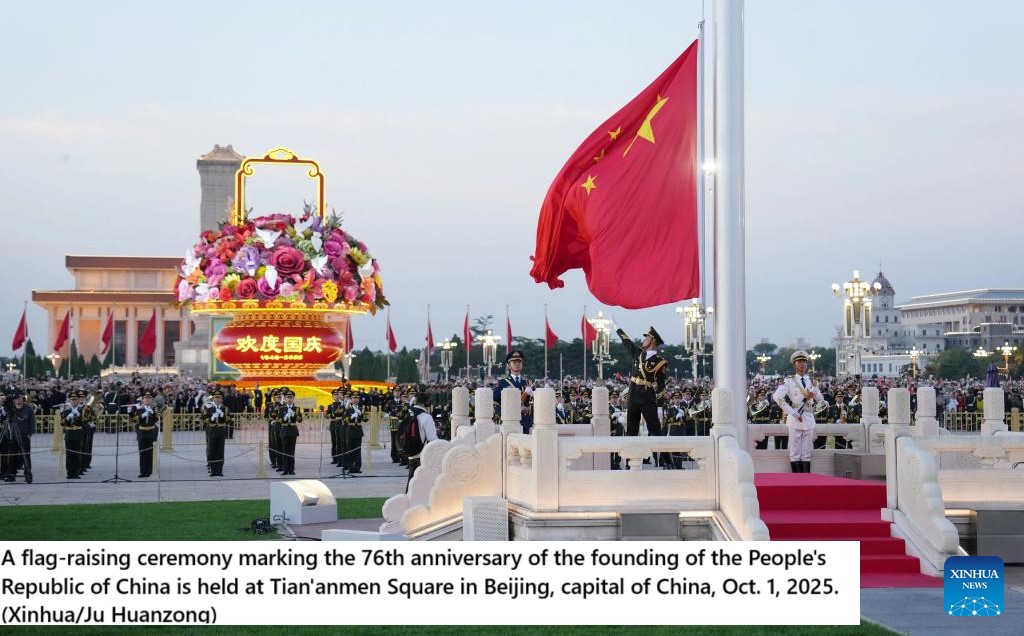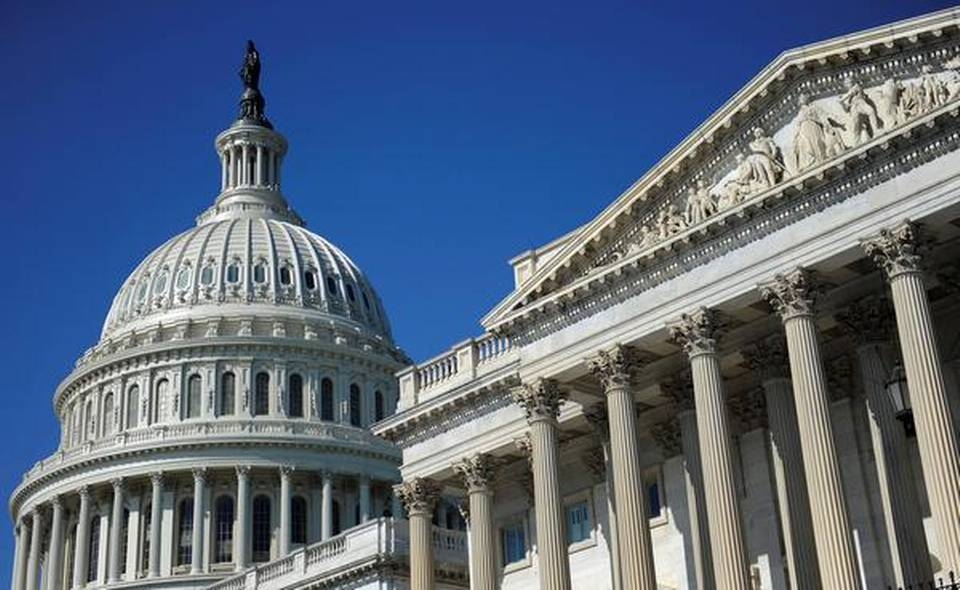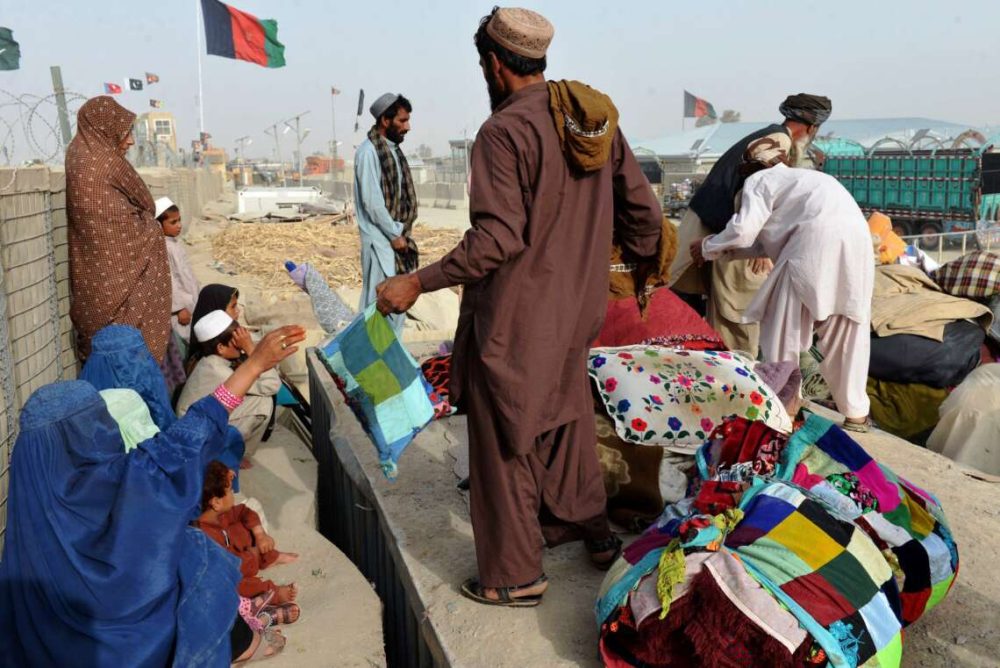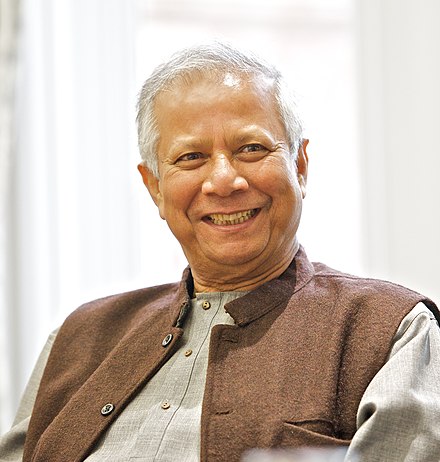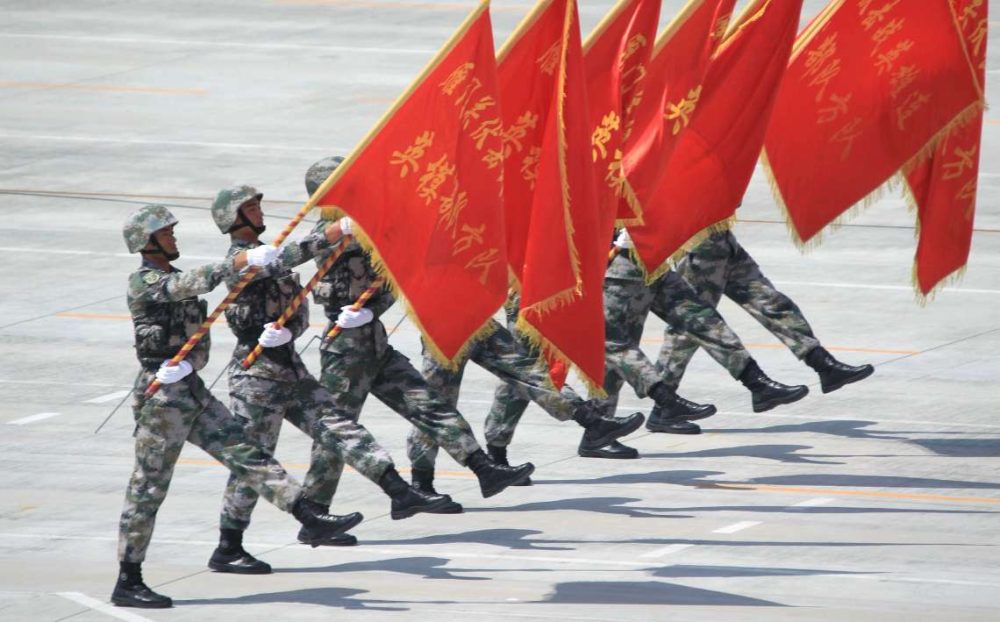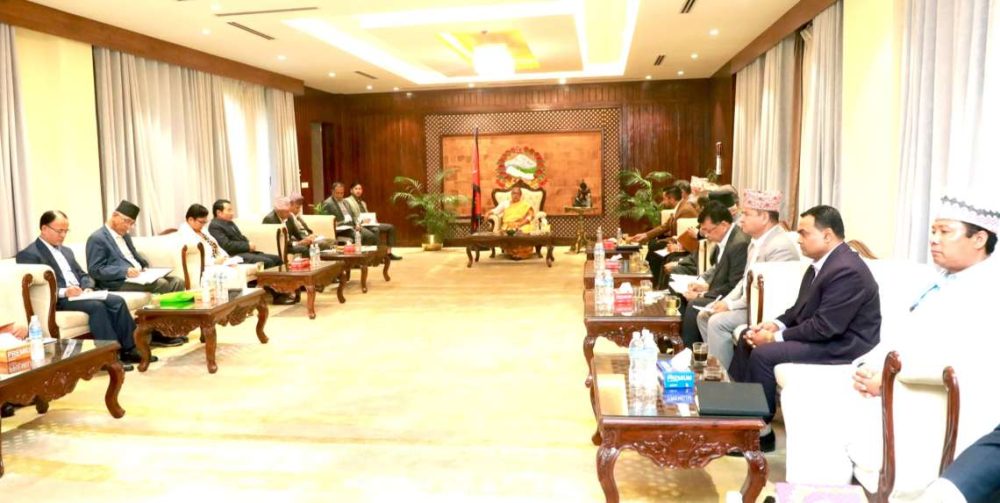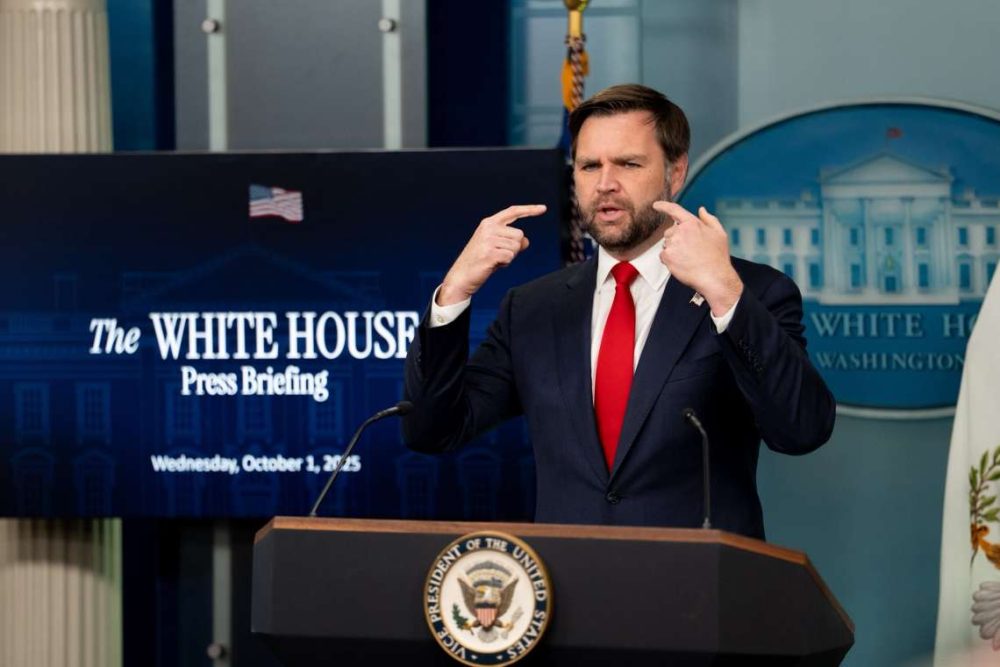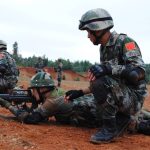At 76 years old, the PLA continues to exemplify how authoritarian regimes pervert military institutions, creating forces that serve narrow political interests rather than constitutional democracy, writes Major General RPS Bhadauria (Retd)

As China marks its National Day, the fundamental truth about the People’s Liberation Army remains starkly apparent: this is not a national military serving the state but a party militia in uniform, wielded as the Chinese Communist Party’s blunt instrument of control. At 76 years old, the PLA continues to exemplify how authoritarian regimes pervert military institutions, creating forces that serve narrow political interests rather than constitutional democracy.
The PLA’s origins tell the story of its true nature. Founded on 1 August 1927 during the Nanchang uprising, it was explicitly created as the Chinese Communist Party’s armed wing. Unlike professional militaries that evolve to serve nations and constitutions, the PLA has remained what it always was: a party army whose soldiers swear loyalty to the CCP, not to any constitutional order. This fundamental characteristic distinguishes it from genuine national militaries worldwide, marking it as an instrument of political control rather than national defence.
The PLA’s role as the Party’s enforcer becomes most evident in its systematic oppression of ethnic minorities. In Xinjiang, the military has been instrumental in the crackdown against Uyghur Muslims, supporting what multiple governments have recognised as genocidal policies. The leaked “Xinjiang Papers” directly link top Chinese leaders, including Xi Jinping, to military operations that have led to mass internment camps and forced labour programmes. This represents the PLA functioning not as a protector of citizens but as an occupying force against its own people, implementing what amounts to ethnic cleansing through systematic repression.
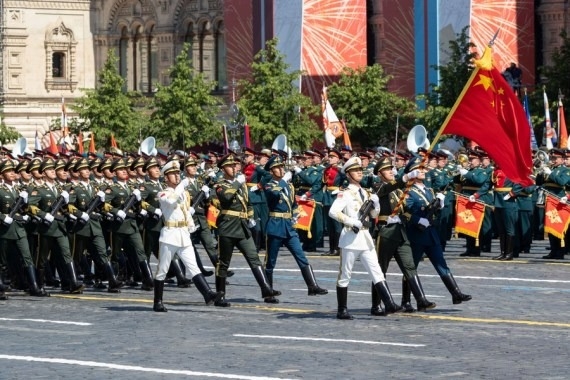
The 1950 invasion of Tibet provides another damning example of the PLA serving Party expansionism rather than legitimate defence. When 40,000 battle-hardened PLA troops crossed into eastern Tibet, they weren’t defending Chinese territory but conquering an independent nation. The military’s role in Tibet’s annexation demonstrates how the PLA operates as an imperial force, advancing CCP territorial ambitions rather than safeguarding established borders. The brutal suppression of Tibetan resistance that followed revealed the army’s willingness to crush any challenge to Party authority, regardless of human cost.
Hong Kong’s experience since 1997 has shown how the PLA garrison functions as a tool of political intimidation. During the 2019 pro-democracy protests, the garrison commander explicitly warned that violence by demonstrators “should not be tolerated,” making clear where military loyalties lay. The garrison’s public exercises featuring riot control tactics and Cantonese warnings to protesters served as barely veiled threats. When PLA soldiers eventually appeared on Hong Kong streets for “voluntary” cleanup operations, it marked a deliberate show of force designed to remind residents of Beijing’s ultimate authority. The garrison exists not to defend Hong Kong but to ensure Party control over the territory.
This party-army system operates through what Chinese sources proudly call the “dual-command structure,” where political commissars share authority with military commanders at every level. The Central Military Commission, theoretically the supreme military body, is in reality a Party institution whose members pledge allegiance to the CCP rather than the Chinese state. Even China’s constitution acknowledges this arrangement, stating that the armed forces are under Communist Party leadership, not state authority.
The contrast with India’s military could not be starker. Indian Army personnel take an oath to bear true faith and allegiance to the Constitution of India, binding themselves to constitutional principles rather than any political party. As former Army Chief General Naravane has emphasised, “The Army swears allegiance to the Constitution of India… That is what should guide us in all our actions”. This commitment to constitutional duty over political loyalty represents the fundamental difference between professional military institutions and party militias.
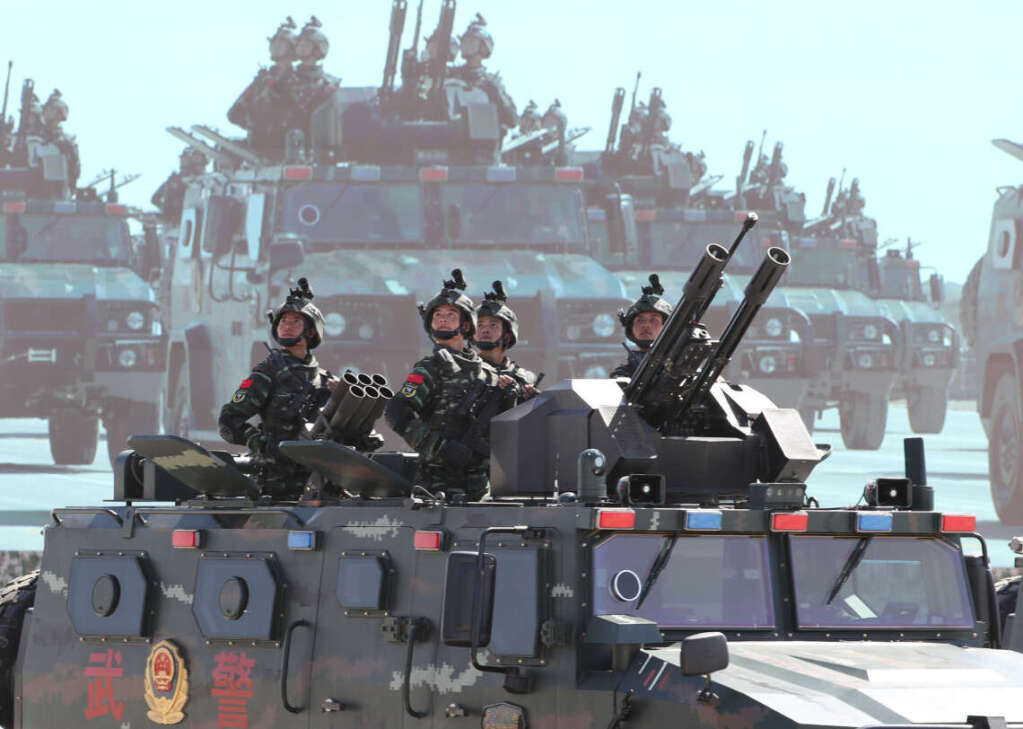
India’s armed forces have maintained strict political neutrality throughout the nation’s democratic evolution, contributing to political stability by serving constitutionally elected governments regardless of party affiliation. The military’s apolitical ethos ensures it functions as a genuine national institution rather than a political tool. Even during insurgencies and elections in sensitive regions, the Indian Army has enabled democratic processes whilst maintaining its commitment to constitutional governance.
The PLA’s structure as a party army creates inherent contradictions that undermine its effectiveness as a modern military force. Political indoctrination takes precedence over professional military development, while loyalty to Party ideology supersedes operational competence. The system of political commissars and Party committees throughout the military hierarchy ensures that political considerations influence every aspect of military decision-making, from tactical planning to personnel management.
Xi Jinping’s recent military reforms have only intensified Party control, concentrating unprecedented authority in his hands as both Party General Secretary and Central Military Commission Chairman. His purges of military leadership based on political loyalty rather than professional competence have further weakened the PLA’s institutional integrity.
The PLA at 76 remains what it has always been: a party militia dressed in military uniform, serving narrow political interests rather than genuine national defence. Unlike professional militaries that protect constitutional democracy, the PLA exists to perpetuate authoritarian rule, suppress dissent, and advance Party ambitions. As China’s neighbours increasingly recognise this reality, they understand they face not a national army but a political weapon wielded by an authoritarian regime against its own people and regional stability.
(Maj Gen. RPS Bhadauria (Retd) is the Additional Director General of the Centre for Land Warfare Studies (CLAWS), New Delhi, and was formerly the Director of the Centre for Strategic Studies & Simulation (CS3) at USI of India, having served in the Indian Army for 36 years.)


